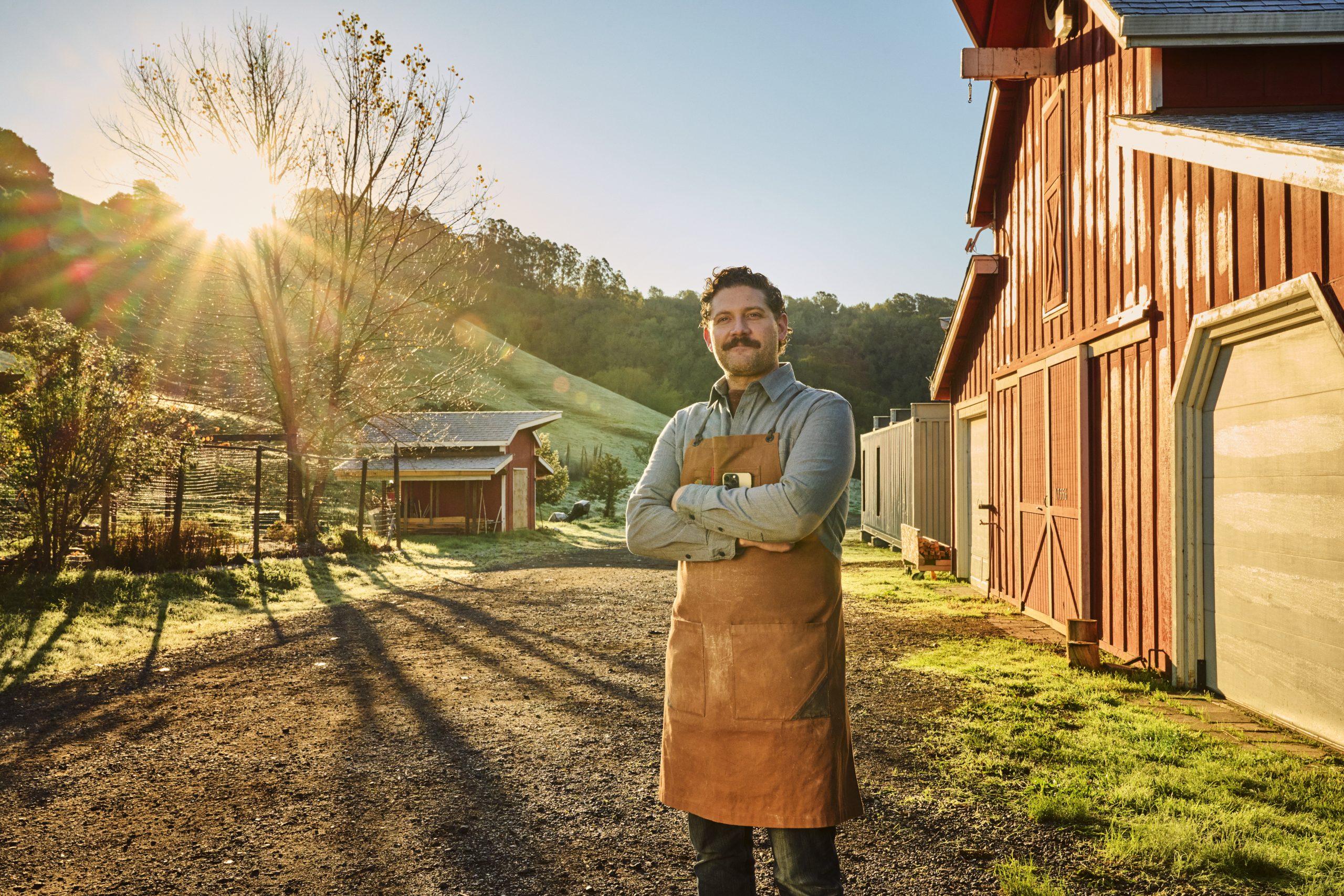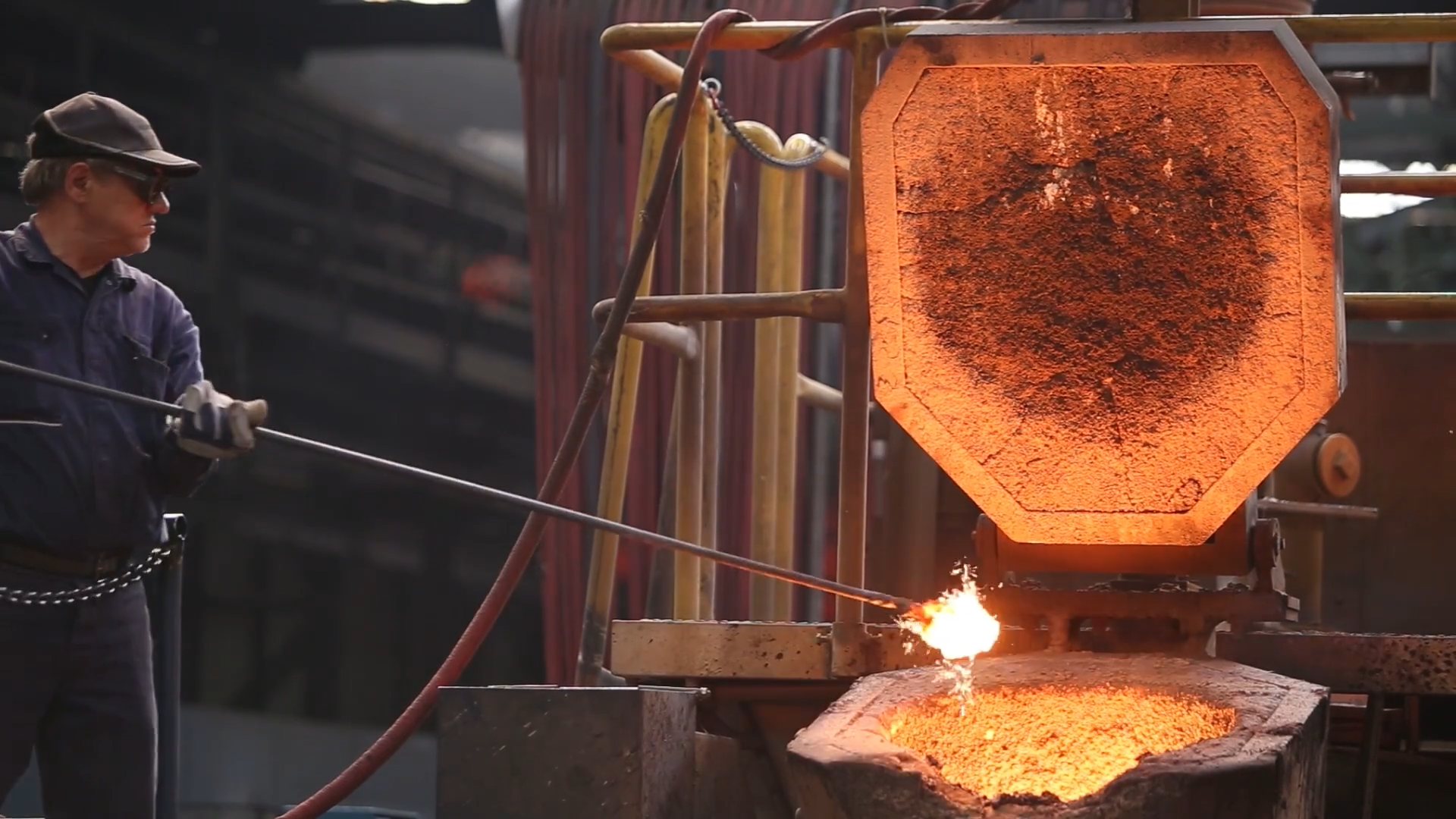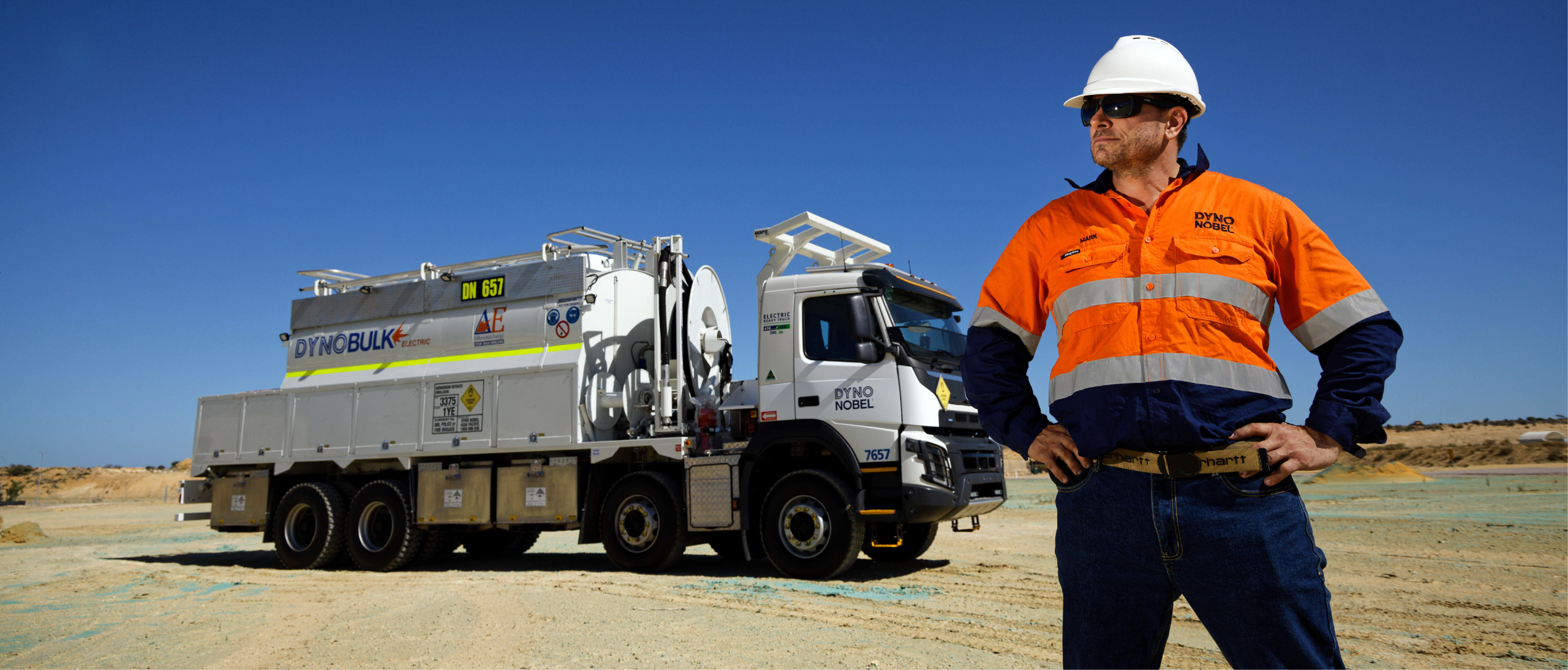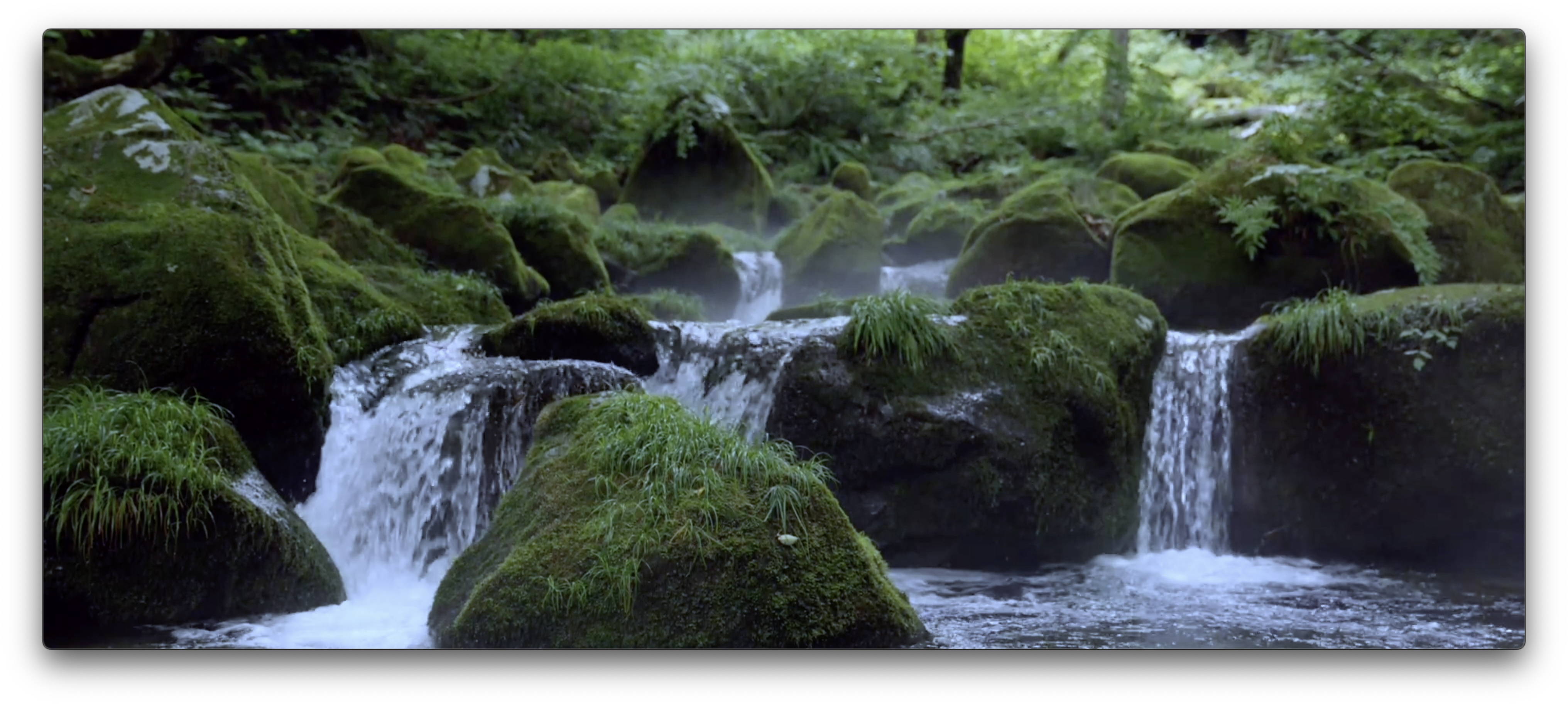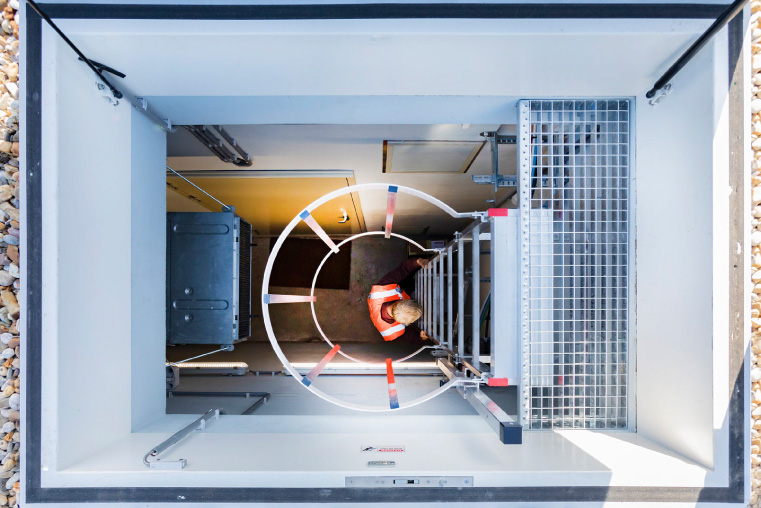Leading Europe’s Energy Transformation
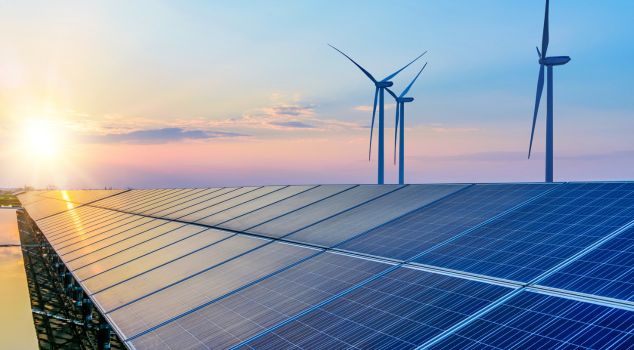
How the former lignite giant uses old strengths to write a new, green success story
LEAG‘s Revolution: From Lignite to Renewable Energy in Germany’s Lusatia Region
The global transition to green and sustainable energy is a key pillar in the fight against climate change. In the Lusatia region of Germany, LEAG, the country’s second-largest electricity producer, has until recently relied almost exclusively on lignite. A year ago, under the leadership of new CEO Thorsten Kramer, LEAG made a momentous decision: LEAG will become a pioneer in renewable energy, unique in its size and regional concentration.
The end of conventional fossil fuel energy is inevitable. For LEAG to maintain its key role in Germany’s energy supply, a complete and massive transition to renewable energy, focusing on wind and photovoltaics (PV), is essential. Lusatia is uniquely positioned for this. LEAG has more than 33,000 hectares of post-mining land that is largely low conflict for the construction of PV and wind plants.
Moreover, the existing power grid infrastructure can be utilized. By 2040, LEAG plans to produce up to 14 gigawatts of PV and wind energy, build H2-ready power plants with more than four gigawatts of output, achieve three gigawatt hours of storage capacity in batteries, and make electrolysis power available. This will add up to an energy pool of 20 gigawatts, defining “green base load” as the new quality of future electricity.
The GigawattFactory: Pioneering Europe’s Future in Green Energy
This landmark project has been named the GigawattFactory (GWF) – because it is unique in Europe in its size and concentration of onshore renewable energy. LEAG plans to invest €10 billion by 2030, aiming to deliver high-quality green energy on an industrial scale. The GWF will feature extensive battery storage and electrolysis plants for green hydrogen production, ensuring a consistent supply of clean energy, independent of seasonal, weather, or time-of-day variations, thereby providing continuous base-load green electricity.
With the GigawattFactory, LEAG is shaping the energy transition with a new quality. The GWF combines large amounts of green electricity, storage options, and sector coupling to create a comprehensive, efficient green energy system for an entire region and far beyond. As Lusatia becomes a green energy powerhouse, it can carve out a unique position in Germany and Europe, becoming Europe’s special green energy zone.
LEAG’s Green Transformation: Setting a New Benchmark in Sustainable Energy
Achieving this vision requires LEAG and its employees to adapt to coexisting energy worlds. Coal-fired power generation will persist during the transition period (until the end of 2038). And it will finance the transformation to the GigawattFactory. This is not always easy. But the company has something that unites everyone, whether they work with lignite or with PV and wind: They supply energy. Safe and reliable.
And indeed, it is these traditional strengths, the comprehensive expertise and experience of LEAG’s employees, that will make LEAG’s transformation a success. As the company navigates the path to building Europe’s special energy zone, it faces numerous challenges. However, LEAG’s journey towards the GigawattFactory and its experiences in transitioning to green energy serve as a valuable model for other projects in Europe and globally. The GigawattFactory is more than a regional project; it has the potential to make a significant international impact.
In summary, LEAG’s transition from lignite to renewable energy, epitomized by the GigawattFactory, is a narrative of vision, innovation, and resilience. It’s a story of a company and a region setting a benchmark for others to follow in the journey towards a sustainable energy future.




